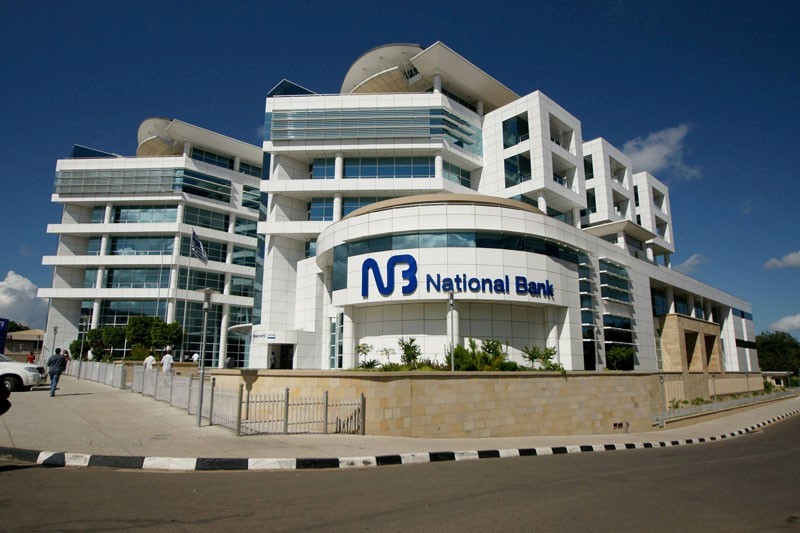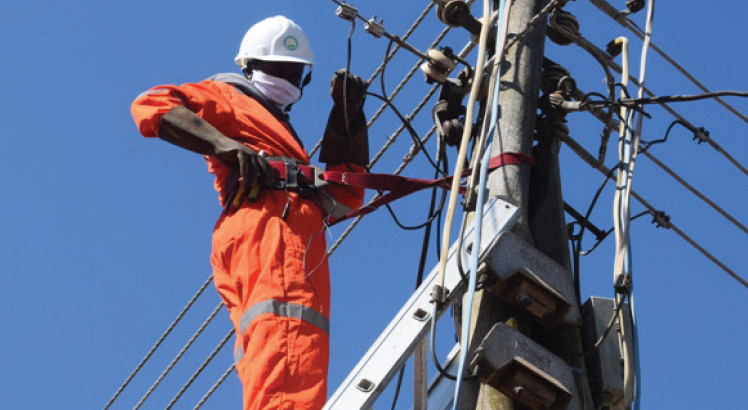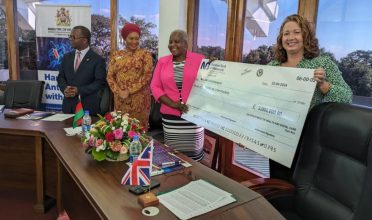Government forecasts 7% GDP growth in 2020
Minister of Finance, Economic Planning and Development Joseph Mwanamvekha says Treasury projects real gross domestic product (GDP) growth of seven percent next year on accounnt of planned infrastructure development and continued focus on growth potential sectors.
The ambitious projection is three percentage points above a growth rate of four percent achieved in 2018 and two percentage points above the 2019 projected real GDP growth rate of five percent.

Mwanamvekha, speaking in an interview in Lilongwe on Tuesday, said the economy continues to register remarkable growth, especially in the agriculture sector.
Said the minister: “Government projects a GDP growth rate of five percent in 2019 and a further seven percent in 2020 emanating from the huge amount of planned infrastructure development in government and continued focus on growth potential sectors.”
Now that macroeconomic stability has been achieved, Mwanamvekha said government’s focus will be to attain inclusive, resilient and sustainable economic growth.
Most key macroeconomic indicators have in recent years remained stable with headline inflation rate remaining in single digit.
Inflation rate is currently at nine percent as for June 2019, according to the National Statistical Office (NSO).
Forecasts indicate a continued decline in inflation rate to around five percent in the medium to long-term.
Such a decline in the inflation rate has in recent times given the Reserve Bank of Malawi (RBM) room to reduce its policy rate to as low as 13.5 percent, which has in turn eased lending rates and the cost of capital for the private sector and individual borrowers.
The exchange rate has remained stable during the past three years at around K750 to the dollar, although in the past few months there was some noticeable depreciation which is said to be transitory mainly due to stocking by traders, importation of election materials and the slow start of the tobacco marketing season.
But now the local currency is appreciating as pressure eases up and with the tobacco marketing season showing some signs of improvement resulting in steady flow of foreign currency.
“In order for us to achieve our long-term goal of poverty reduction for all Malawians, we now need to pursue growth and pro-poor policies guided by our blueprint, the Malawi Growth and Development Strategy (MGDS III),” said Mwanamvekha.
In the latest Monetary Policy Committee (MPC) minutes, RBM Governor Dalitso Kabambe said the rebound in economic growth this year is expected to be supported by the agriculture sector which is expected to grow by 3.9 percent, improved power supply, continued macroeconomic stability as well as the easing of monetary policy.
Agriculture sector, which contributes around 30 percent to the country’s GDP, impacts growth in the other sectors by providing key inputs for the manufacturing sector. The sector also determines most household incomes levels which drive demand in the service sectors.





